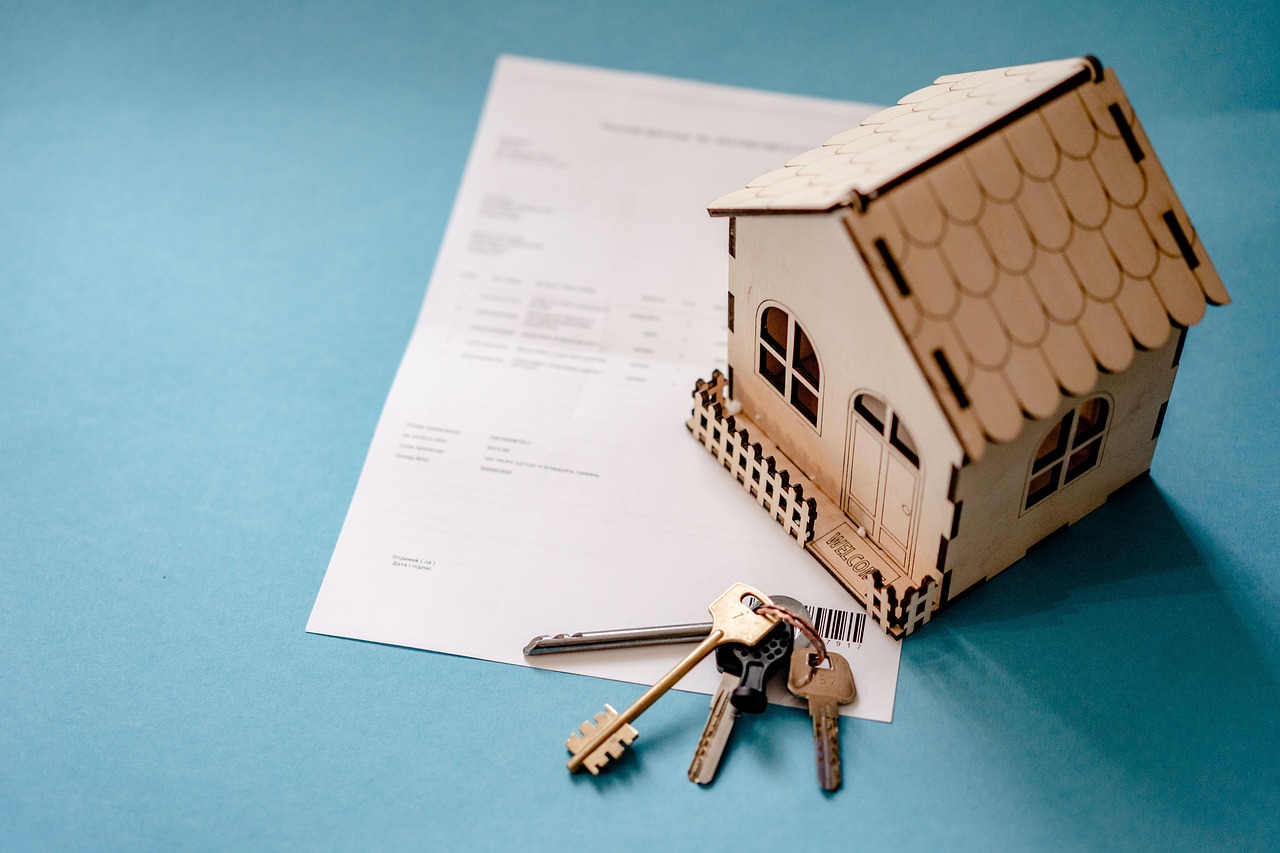
Buying and selling a property in Spain is an exciting process but one that requires attention to detail and legal formalities. From finding the ideal property to signing the contract, several steps must be followed to ensure a smooth and successful transaction. In this guide, we present the key steps to follow when buying a property in Spain.
1. Research and Search: Before diving into the buying and selling process, it is essential to research and define your needs. Determine the type of property you are looking for, the desired location and the available budget. You can use real estate agencies, websites and local networks to search for properties that meet your criteria.
2. Offer and Negotiate: Once you have found a property you are interested in, make an offer to the seller through the estate agent or directly if it is a private-to-private deal. Negotiation may involve aspects such as price, terms and possible conditions. Once both parties have reached an agreement, the next stage is the next step.
3. Reservation and Earnest Money Contract: Once the offer has been accepted, it is common to sign an earnest money contract. In this contract, the buyer makes a down payment (arras) as a commitment. If the buyer withdraws without good reason, he may forfeit this amount, while if the seller withdraws, he must generally return double the deposit received.
4. Conduct Due Diligence: This is a crucial step to ensure that the property is free of debts, encumbrances or legal problems. Hire a lawyer or real estate consultant to conduct a thorough investigation of the property and its legal history, including checking property records and town planning certificates.
5. Signing of the Purchase and Sale Contract: Once due diligence has been completed satisfactorily, the signing of the purchase and sale contract takes place. At this point, all details of the transaction are agreed, including the final price, transfer date and payment terms.
6. Obtain Financing (if necessary): If you need financing for the purchase, now is the time to arrange a mortgage with a financial institution. Make sure you have all the necessary documents and meet the requirements for approval.
7. Tax and Expense Settlement: Before the final signing, you must settle the taxes and expenses associated with the sale and purchase. This includes Transfer Tax (ITP) or Value Added Tax (VAT), depending on the type of property, as well as notary and registry fees.
8. Signing at the Notary's office: The final signing of the sale and purchase is done at the notary's office. Both buyer and seller must be present, together with their respective lawyers if they wish. At this point, the final payment is made and the property is transferred to the buyer.
9. Registration of the Property: After signing, it is necessary to register the property in your name at the corresponding Land Registry. This legally formalises your property and secures your rights to the property.
10. Handing over the keys: Once the property is registered, the keys are yours! You can take possession of the property and start enjoying your new property.
Conclusion: Buying a property in Spain involves a series of legal and financial steps that must be followed carefully. Good legal and financial advice is essential to ensure that the transaction goes smoothly. By following these steps and being well informed, you will be able to make a successful and secure sale and purchase.
